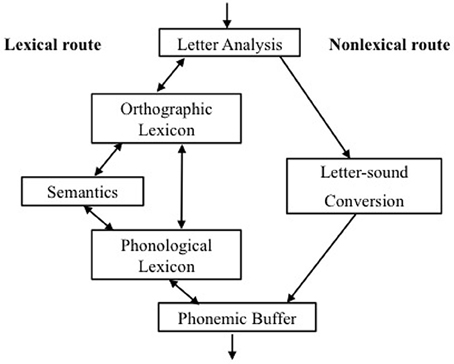Ben Carter
A neuroscientist trying to figure out how the brain does it all. I use MRI and data science methods to study neurophysiology and structure. Currently leading a team of undergraduates in a novel study.
The purpose of this course is to create students with the fundamental knowledge and experience required to become neuroimaging scientists. At the end of this course students will have a confident understanding of neuroimaging physics, theory and statistical methods and be able to apply to carry out their own empirically driven and novel analyses. They will also be adept at presenting their findings to others within the scientific community.
The following will be used to facilitate and guide learning throughout this course:
| Topic | Learning Activity | Assessment |
|---|---|---|
| Overview & dataset introduction | Hypothesis brainstorming | Literature Review |
| Experimental Design | CITI/IRB training | Hypothesis meeting |
| Neuroimaging Physics | Safety Training | MRI Level 1 certificate |
| Imaging Acquisition | Quiz | |
| CNS Metabolism & the HRF | Quiz | |
| Unix & Command line computing | Codecademy tutorial | For Loop assignment |
| Neuroimaging Software | Install AFNI | Accessing the Super |
| Structural Template | Installing ANTs | Build a Structural Template |
| Signal Preprocessing | Individual transformation montage | Scripts |
| Math in Neuroimaging | Khan Academy: Introduction to Matrices | |
| Deconvolution & Group Statistics | Group Results Image | |
| Extracting Results | Results Report | |
| Statistical Methods | Statistical Report | |
| Interpreting Results | Research Abstract | |
| Presenting Research | Poster Draft | Lab presentations |
| Additional tools for Neuroimager |
All materials used in this course (including the slides) can be found at http://bc-brains.com.
You will need to provide your own computer with a Unix based OS or kernel (essentially either Mac, Linux or Windows 10 with a developer add-on). The computers at the MRIF have most of this software pre-installed. Just get a ~10 Gb jump drive.
“Reading is essential to success in our society. The ability to read is highly valued and important for social and economic advancement… we are most concerned with the large numbers of children in America whose educational careers are imperiled because they do not read well enough to ensure understanding and to meet the demands of an increasingly competitive economy… In a technological society, the demands for higher literacy are ever increasing, creating more grievous consequences for those who fall short.”




Two primary pathways for reading:

General Knowledge
Hypothesis & Rationale
By Ben Carter
These are the introductory slides to the fMRI for undergrads class.
A neuroscientist trying to figure out how the brain does it all. I use MRI and data science methods to study neurophysiology and structure. Currently leading a team of undergraduates in a novel study.